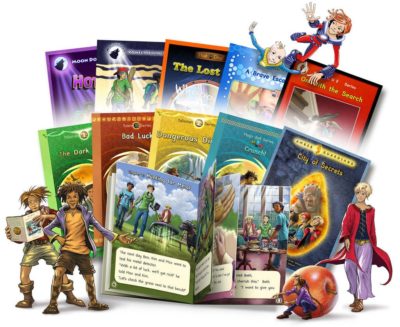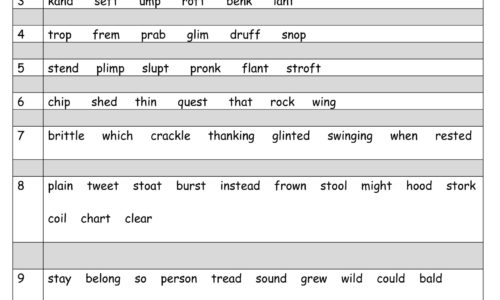 Beginner Readers
Beginner Readers
Our Beginner Reader series follow a structured sequence to ensure incremental progression when learning to read. Each stage introduces new phonic knowledge and skills while reinforcing those learned in previous stages. Games at the back of each book offer a fun way to practice newly acquired phonic skills.
Catch-Up Readers
Our Catch-Up reading series are designed as a structured reading intervention. The purpose of these series is to fill the missing phonic knowledge and skills that prevent students from becoming fluent readers. The reading books offer a successful reading experience at every stage, helping to consolidate and reinforce the phonics teaching they have been taught.
Where to start with our Catch-Up Readers
When a student begins a reading program it is important to assess where the student is at, what knowledge and skills he/she has acquired and what he/she needs to learn.
It is also useful to observe his/her reading strategies as this will inform the teacher where to start and what to focus on.
This is particularly important for children who are struggling with reading. You can complete our diagnostic assessment to help determine from which point the teacher should start teaching.
Top tips to ensure success
- Make sure that the student has been taught the target phonemes and spellings in the book before embarking on reading. Some activities in the complementing workbook will help with this.
- Encourage the student to read new words by blending sounds together, not guessing.
- If the student does not know a spelling (grapheme), the educator can fill in the missing knowledge by telling him/her what it is. Then the educator can ask him/her to blend all the sounds into the word.
- High-frequency words (sight words) can be treated like any other new word. Help the reader with the part he/she does not know. Ask him/her to blend the sounds into the word.
- With beginner readers, re-read the sentence after the student has read it to aid comprehension.
- Discuss new vocabulary, characters, plot and illustrations to develop language and engagement.
- Read in short bursts with beginner or struggling readers as decoding can be very tiring initially. Take turns to read pages or paragraphs.
- Build up time slowly increasing as the child's reading progresses.
- Repeated reading will help with fluency so ask the student to read the same text to different people or to read it a second time with expression etc.
- Be patient! Give the student plenty of time to work out new words. Reading is hard work and demands concentration and application.
- Make sessions as multi-sensory as possible. Children take on board new learning much more easily when they are having fun and using many senses. Use activities which involve them looking, hearing, moving and speaking about things. - For lots of fun ideas on how to do this, follow us on our Facebook and Instagram pages.
- Use lots of praise and encouragement.
How to use our workbooks
The reproducible workbooks are an integral part of this structured intervention. They include some activities that precede reading the books and others that follow. These include phonemic awareness, letter/sound knowledge, vocabulary, reading fluency and comprehension. Each workbook is divided into chapters that correspond to the books in the series. This way the educator can offer a variety of activities to rehearse, practice and consolidate the phonic content of a specific book.


